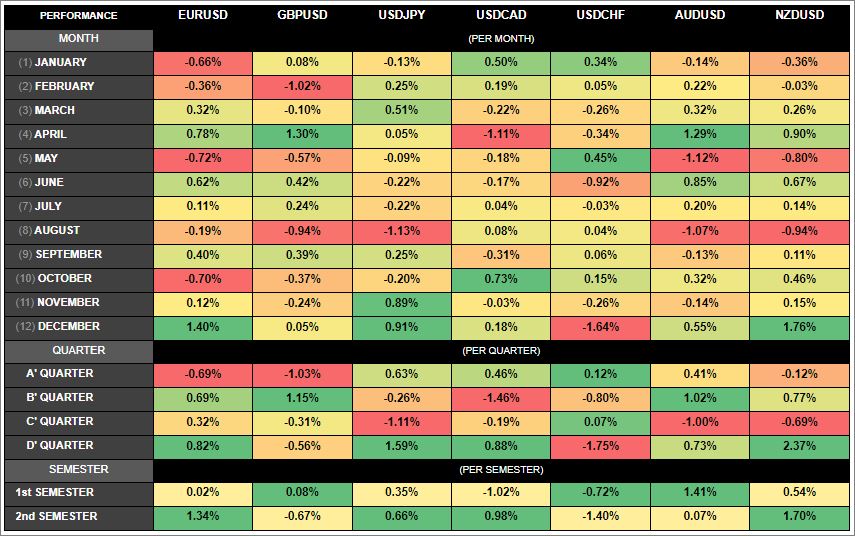 Basic Concepts Behind Forex Trading
Basic Concepts Behind Forex Trading
If you're new to Forex trading, the learning curve can seem steep, but don’t worry. With the right mindset and foundational knowledge, you can ease into it without unnecessary stress. Here’s a beginner-friendly guide to help you get started the right way.
1. Forex Trading Is Not a Get-Rich-Quick Scheme
First and foremost, Forex trading is not a shortcut to wealth. It requires discipline, planning, and emotional control. If you're entering the market expecting instant profits, you’re setting yourself up for disappointment. Real success comes with time and experience.
2. Understand the Market Structure
Forex is a global, decentralized market made up of many participants—banks, institutions, brokers, and individual traders. Each player’s influence is based on the size of their capital. As a retail trader, you're at the smaller end of the scale, so it’s important to understand how the "food chain" works in this industry.
3. Focus on Capital Preservation
One of the most common mistakes beginners make is chasing fast profits. Instead, your initial goal should be protecting your capital. Long-term trades are typically less risky and more forgiving, giving you time to learn while maintaining balance in your account.
 Basic Trading Tips (Forex Beginners)
Basic Trading Tips (Forex Beginners)





